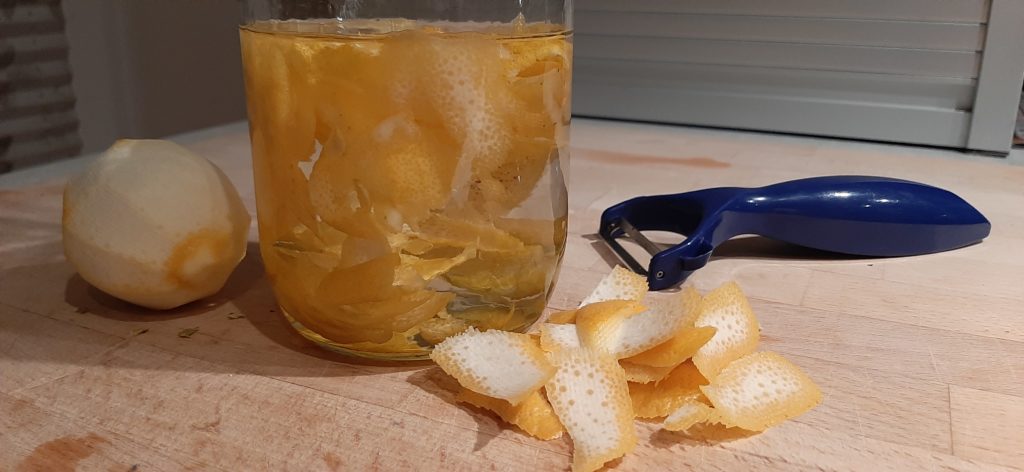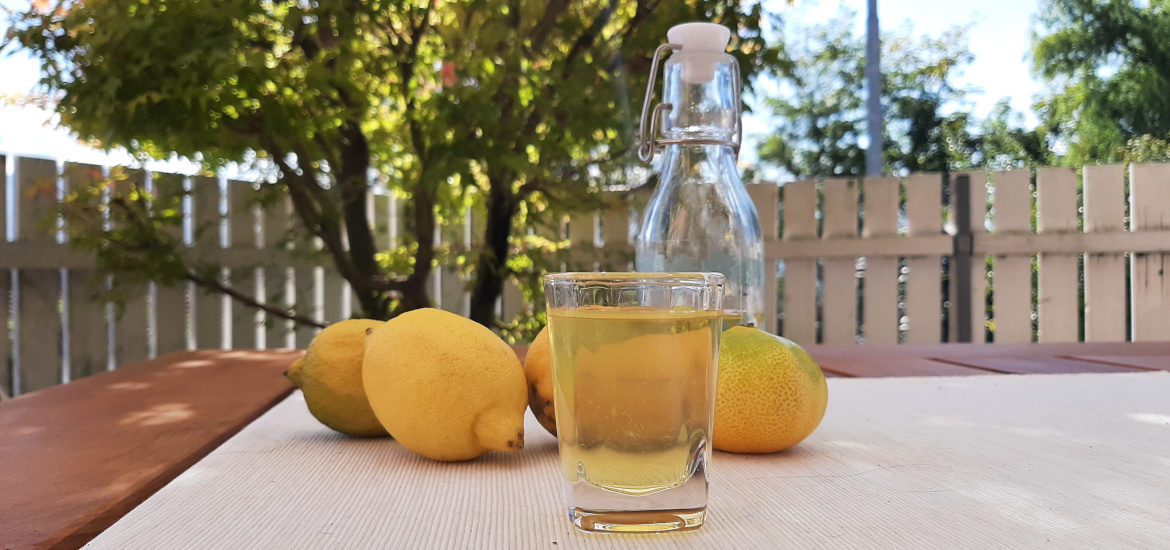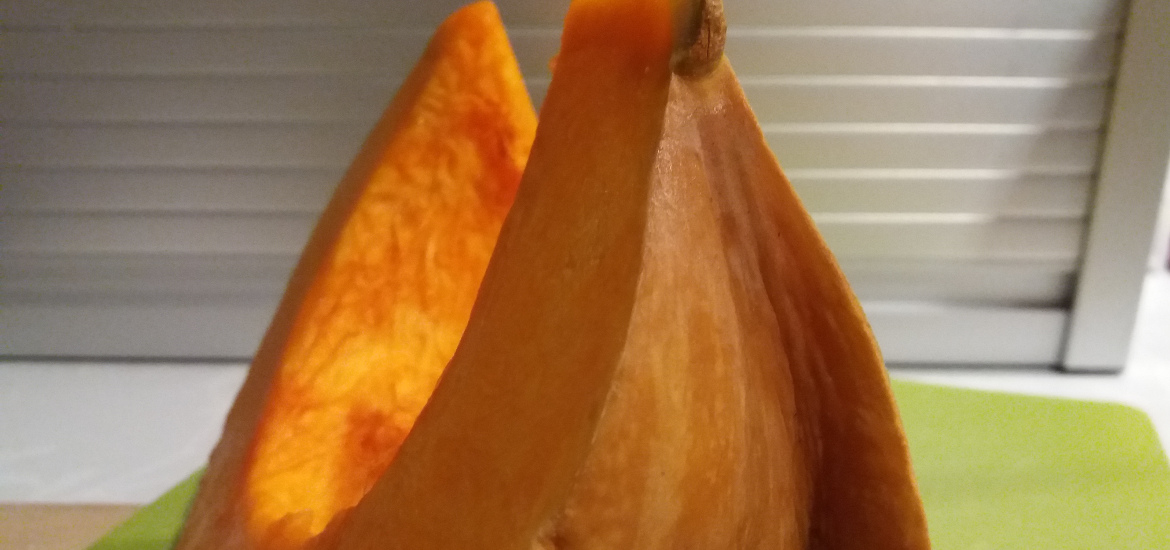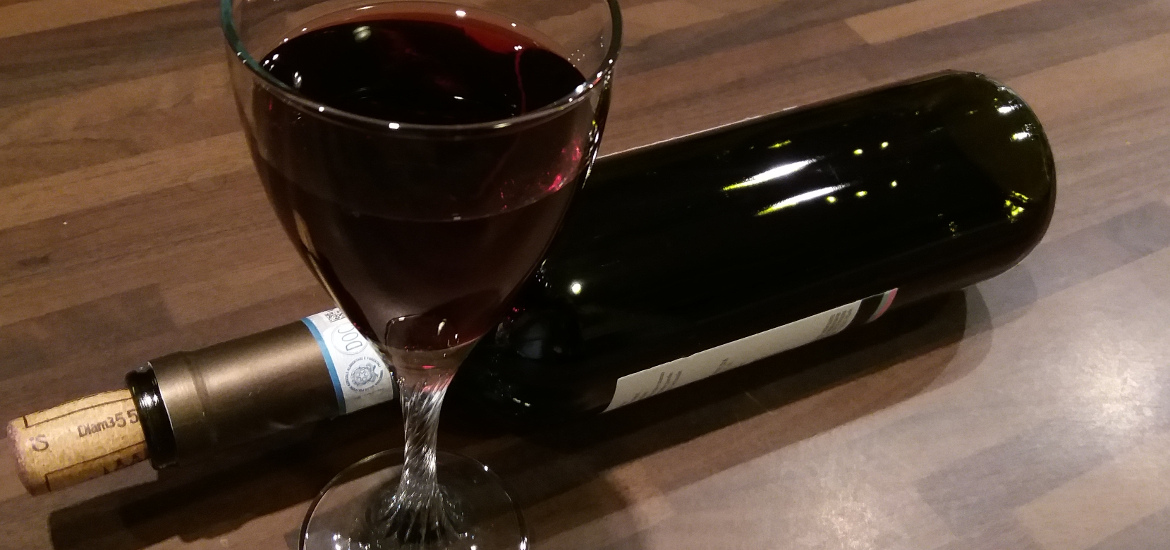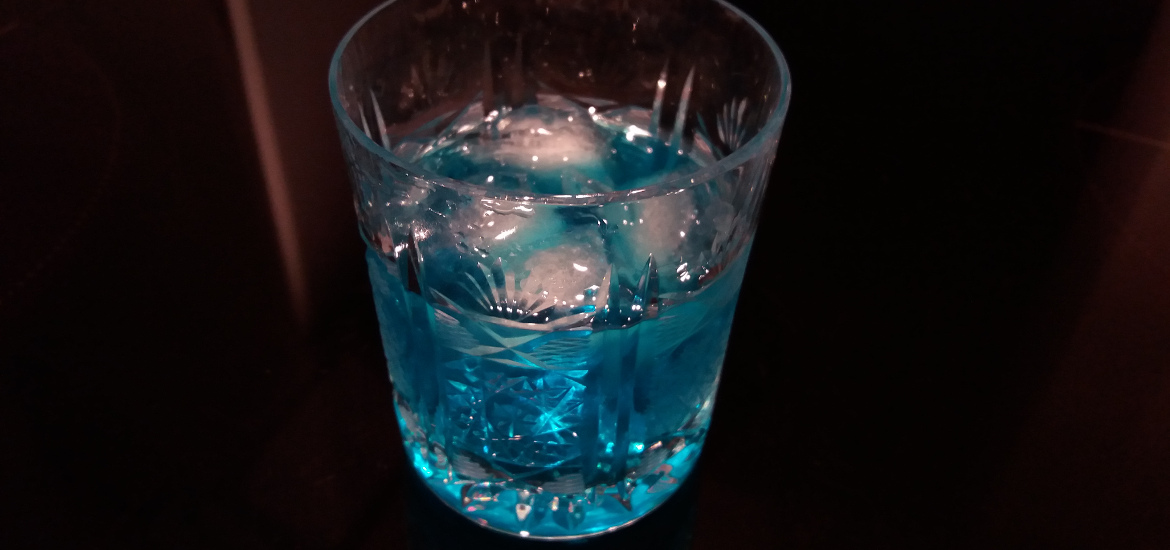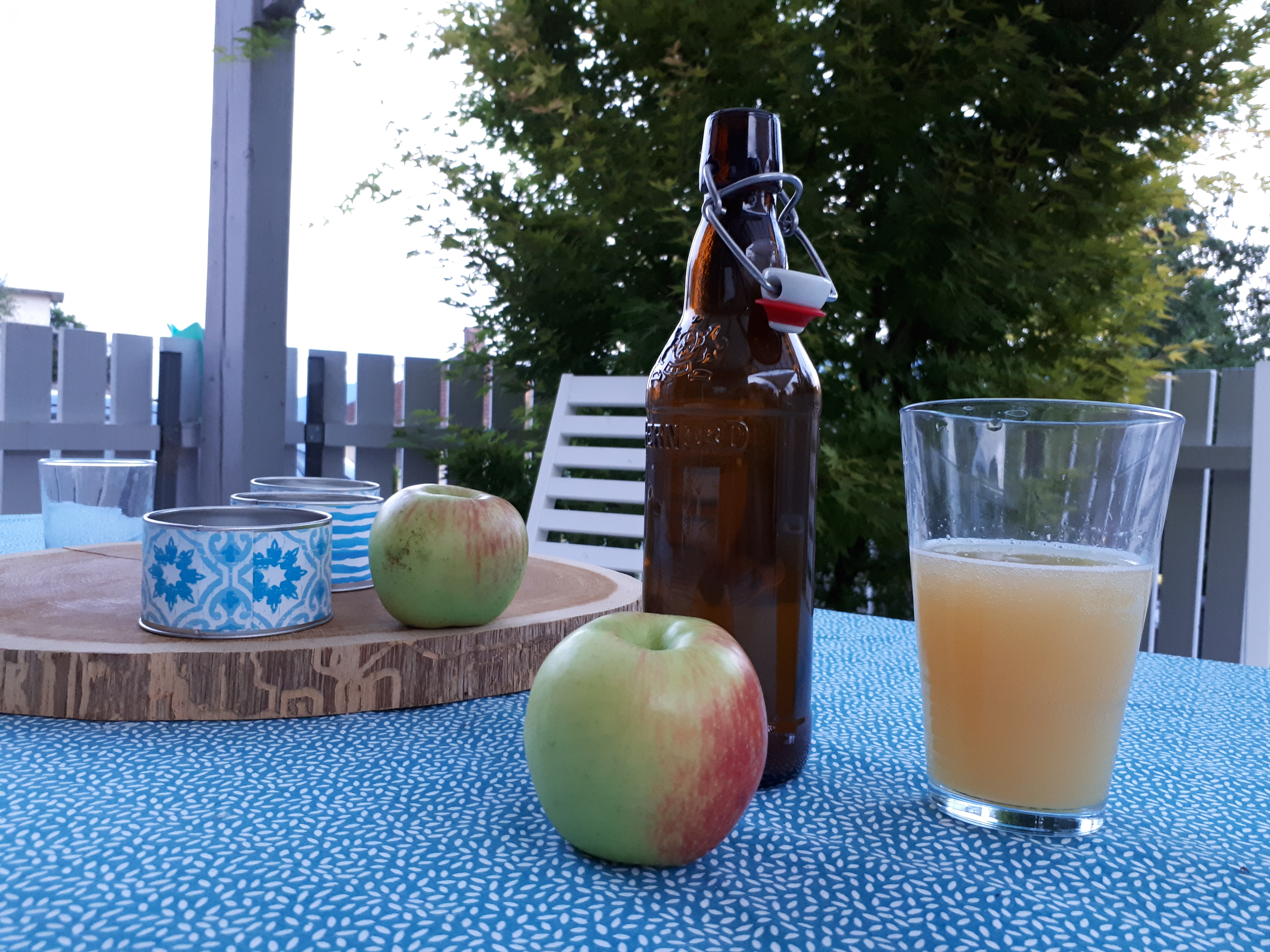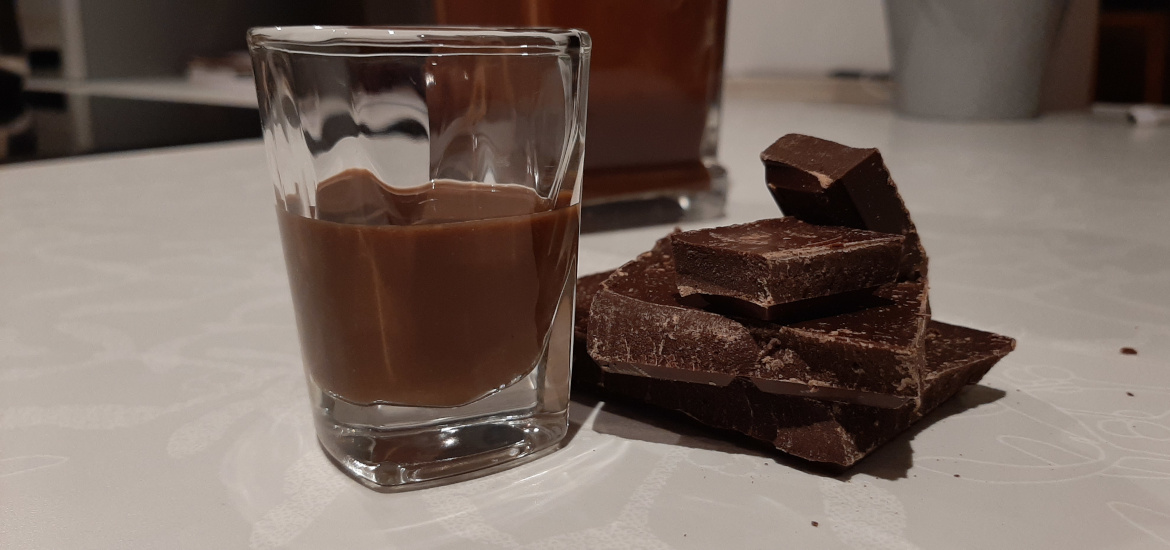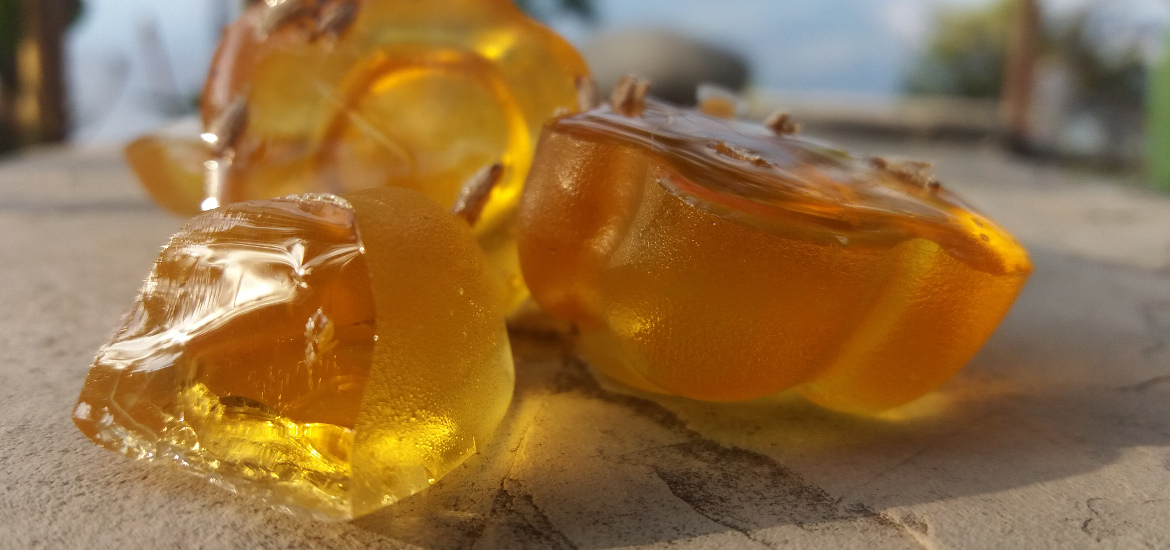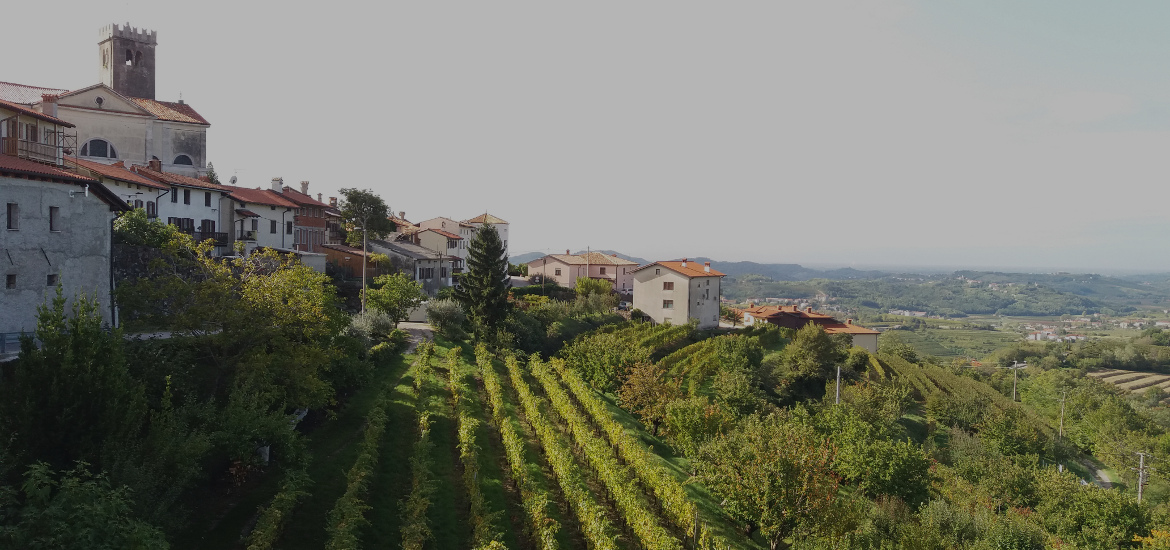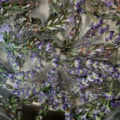Limoncello is one of my favorite drinks. There is a wide range of drinks that are called Limoncello, from simply soaked lemon peels in alcohol to sophisticated recipes like this one. Naturally, with such a selection in recipes there is an even wider selection of drinks claiming to be limoncello. I have tasted burning, slightly acidic spirits as well as thick, stickily sweet lemon liqueur. All of them had something interesting to offer, although some had more than others. By far the best one I have tasted was this one. Just a right consistency, barely notable thickness, definitely not watery, with nice lemon taste and a sharp ethanol aftertaste.
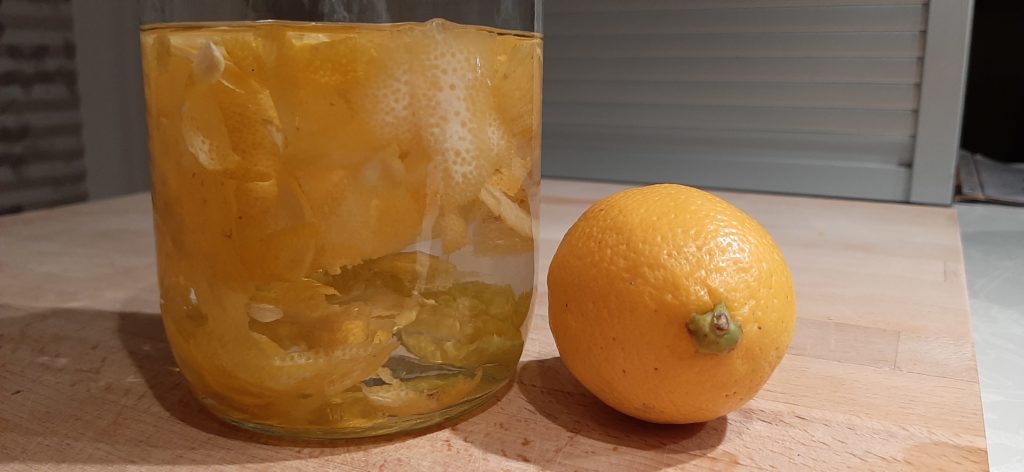
Naturally I want to recreate this at home. But not with the help of modern food processing. It is easy to get a good limoncello with thickeners and artificial flavors, but this is not what I am looking for. Just the basic ingredients are allowed: water, alcohol, sugar and lemons. This is making things from scratch and is a true mastery. A nice guide for my starting points was this recipe, which also has truly excellent scientific touches. I almost considered not performing my experiments and just using their recipe.
Theoretical considerations
The flavors and smell come from lemons, that is clear enough. Alcohol content is also fixed – usual range is between 25 to 35 ABV. I will make a 35% ABV, which is a bit high for limoncello, but is similar to my favorite brand. The only thing to adjust is the sugar content, which besides sweetness influences also the texture (i.e. smoothes). But adjusting the texture is tricky. Adding sugar increases viscosity and smooth mouthfeel, but it adds a lot of sweetness. Therefore I might use some lemon pulp to increase the viscosity. But not too much.
The experiments
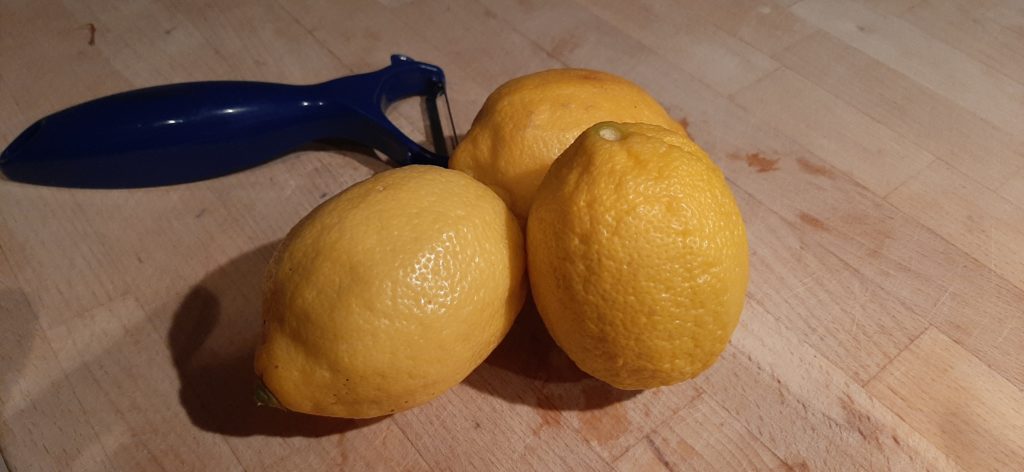
So, the first step is adding the sugar. I tried with 30 g per 100 ml, as this is something of a standard for liqueurs and also limoncello. I can also increase it later, if I need more sweetness and consistency.
Ordinary method calls for soaking the peels in alcohol and adding the sugar later. But sugar can also have some nice effects when extracting the flavor, so I ran two experiments in parallel. 68 grams of lemon peels were soaked in 350 ml of vodka or alternatively, in 350 ml of vodka and 105 g of sugar. Sugar did dissolve fairly quickly, after around 10 minutes of mixing. The taste of sweetened vodka was nice, one could already feel the velvety texture of sugar syrup. The mixtures were left in a cool, dark place for 14 days.
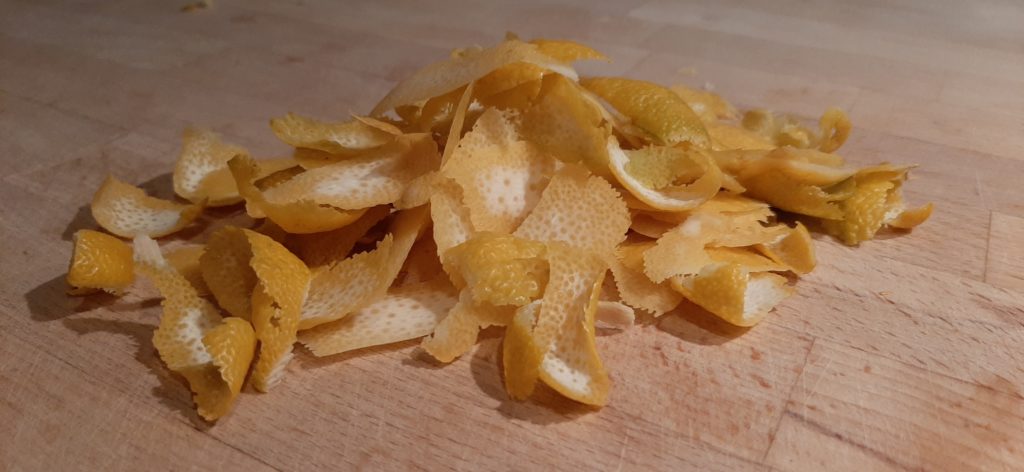
After two weeks the taste was already perfect – thick, rich, lemoy with a nice aftertaste. That was, naturally, for the mixture with added sugar. The mixture without sugar had a sharp, alcoholic taste with a subtle lemon aftertaste. As soon as I added the sugar, the taste was comparable to the first mixture. I can safely say that when you soak the peels, they can have some white pith attached. I was not very precise with the peeling – as you can see from the pictures – but there was no noticeable bitterness. That is already good news.
From the beginning on, both mixtures were clear, yellow and translucent. They looked fantastic, but I wanted an opaque drink, or even better, slightly milky. In my opinion this milkiness undertones the full, thick taste, since it visually hints at something full and creamy. A small addition of lemon juice was definitely needed. The problem was that I was already at around 35% ABV and could not add a lot of liquids. I started with 10 mL of lemon juice per mixture. The visual change was not dramatic, but the taste was. Immediately the taste became richer, fuller and, most interestingly, there was a stark difference between the two mixtures. The one where the sugar was present from the beginning had a blunt, in-you-face taste, almost too overpowering. The mixture where the sugar was added later had a more clear taste, with different tastes coming to front at different intervals, offering a much more pleasant experience.
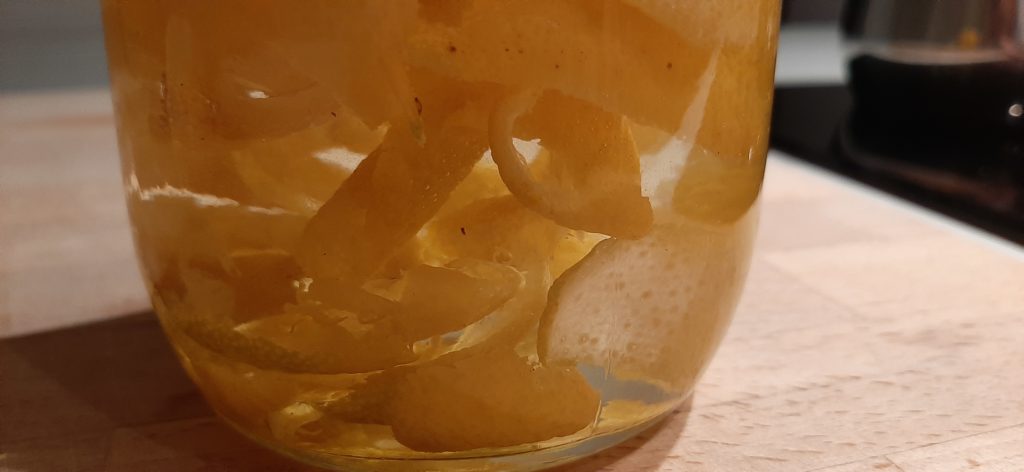
After 7 days the situation was the same. There was some disappointment, since both mixtures became clear with some residue on the bottom. Nevertheless, I decided to add some more juice. I did not want to risk spoiling the whole batch, so I took 100 mL of each mixture for further experiments. I added 2 and 4 mL of lemon juice to each mixture. Again, the taste changed, but the look remained the same. To my surprise there was no noticeable change in the acidity, which I feared. The taste got fresher, more lemony and less ethanol intense. Overall the more juice I added, the better the result. I did not, however, want to add more, since the alcohol content was already relatively low – with 4 mL added, the ABV was around 32%.
Conclusion
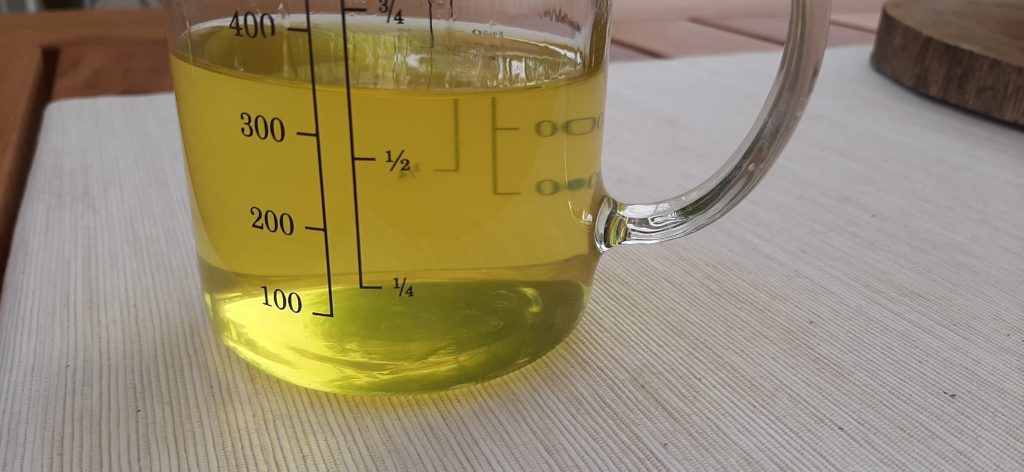
I was happy with the result. The only thing missing was the opaque look of my limoncello. The texture, smell and taste were perfect, just the look was not what I wanted, although I must confess that it was not bad. Just not what I wanted. For the next experiments, I should probably start with higher alcohol content and hopefully the opaques will come when I dilute the mixture. Anyways, the end result was perfect – fabolous smell and taste, 32% ABV and great look. All in all, a satisfactory outcome, definitely worth repeating.
The Recipe
Wash the lemons and peel them – best with a vegetable peeler. Do not worry, if some white pith sticks on the lower side. Soak the peels in vodka for 14 days. Remove the peels and add sugar and lemon juice. Mix until all the sugar has dissolved. Leave in a dark, cold place for 14 days for the taste to stabilize, then serve and enjoy!
